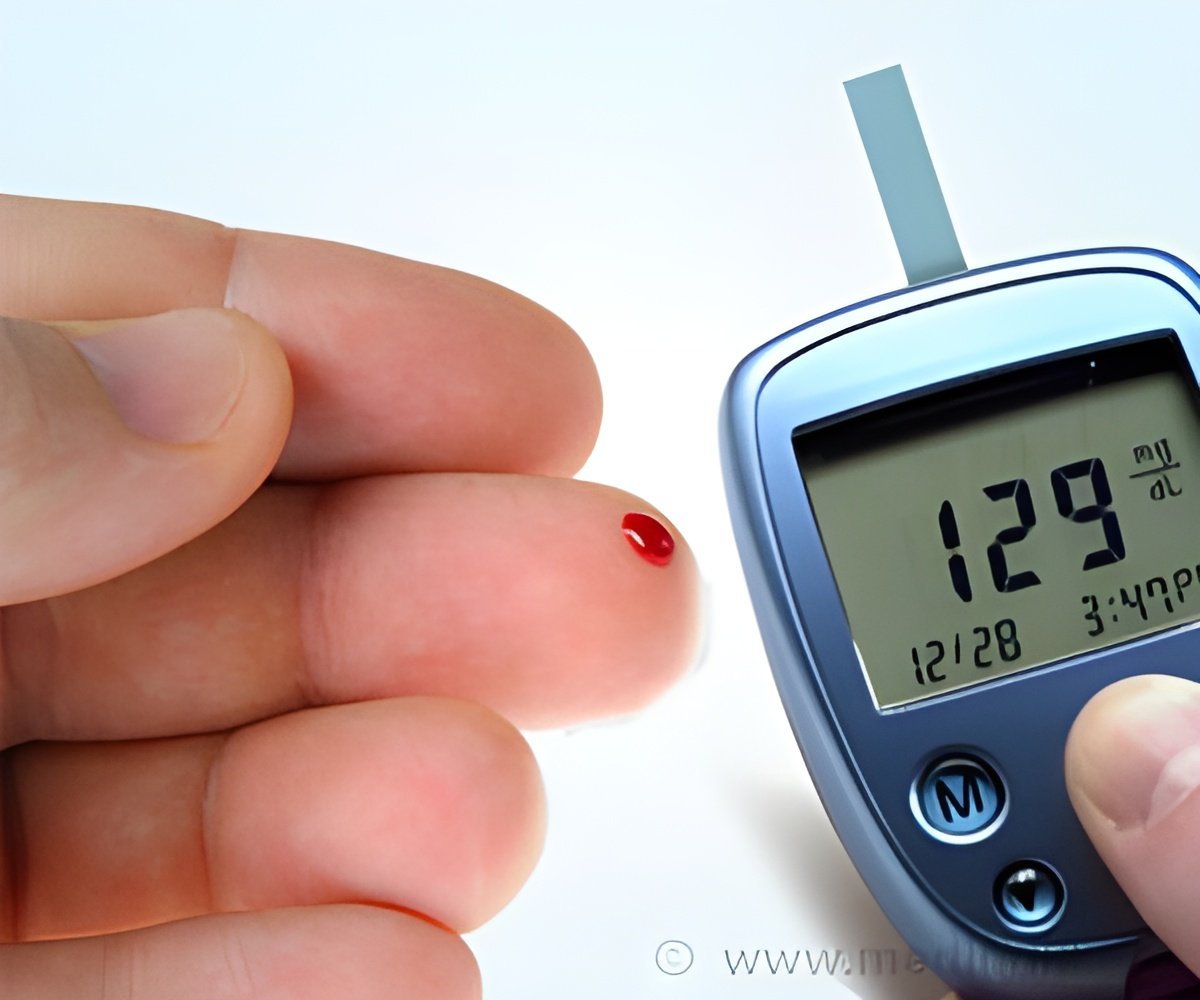A study predicting two in five American adults are expected to develop type 2 diabetes in their lifetime has also warned of spiralling health costs as a result of this possible spike in diabetes.

The study used data obtained from national population interviews and the death certificates of nearly 600,000 adults.
The lifetime risk of developing type 2 diabetes, also known as adult-onset or non-insulin dependent diabetes, rose from 20 percent for men and 27 percent for women in 1985-1989 to 40 percent for men and 39 percent for women in 2000-2011, researchers found.
"The largest increases were in Hispanic men and women, and non-Hispanic black women, for whom lifetime risk now exceeds 50 percent," according to the authors of the study in The Lancet medical journal.
Death rates have declined over the same period, however, due to better health care, which meant that people live longer with the disease than before.
"Years spent with diabetes increased by 156 percent in men and 70 percent in women," said the study.
The World Health Organization says 347 million people worldwide have diabetes, which claimed about three million lives in 2010.
Diabetes can damage the heart, blood vessels, eyes, kidneys and nerves, and increases the risk of heart disease and stroke.
"Diabetes can be prevented with lifestyle changes," Lorraine Lipscombe of the University of Toronto wrote in a comment on the study, noting similar trends elsewhere in the developed world.
"Prevention strategies should include optimisation of urban planning, food marketing policies, and work and school environments that enable individuals to make healthier lifestyle choices."
Source-AFP
 MEDINDIA
MEDINDIA




 Email
Email










